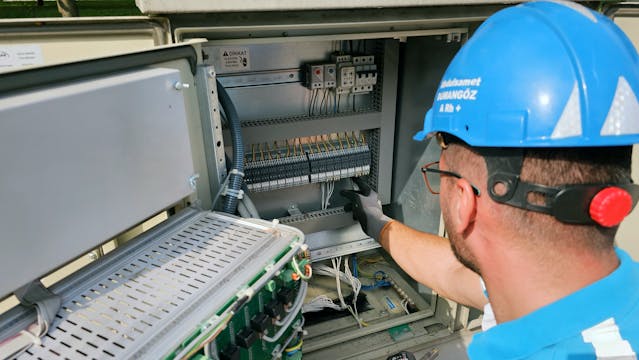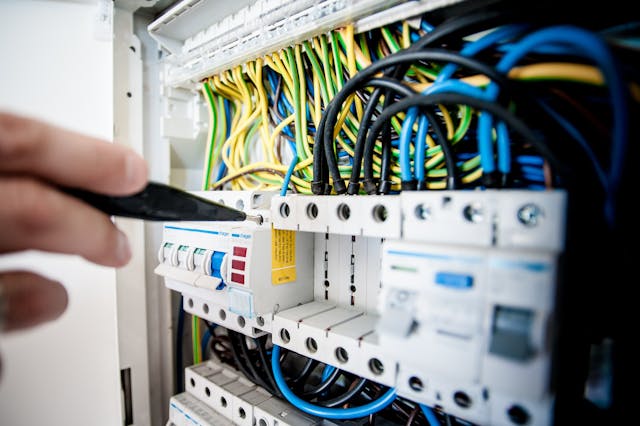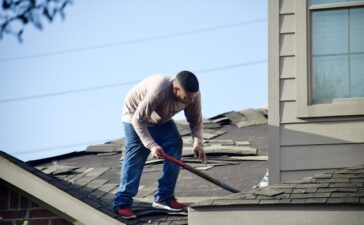Reducing your household’s energy consumption isn’t just about cutting costs—it’s also a practical way to lower your environmental impact. The first step towards creating a more energy-efficient home is understanding how and where you’re using energy. That’s where a DIY home energy audit comes in. By identifying inefficiencies yourself, you can make targeted improvements that lead to real savings. On top of this, many households are eligible for energy upgrade incentives in Australia—making now the perfect time to take action and invest in smarter solutions.
What’s a Home Energy Audit?
A home energy audit is a thorough assessment of how much energy your home consumes and where that energy is being wasted. While professional audits provide detailed reports using specialised tools, a DIY audit is a great starting point. You’ll examine areas such as insulation, appliances, lighting, and heating or cooling systems to spot any energy drains.

How to Conduct Your Own Energy AuditStep-by-Step
- Inspect for Drafts and Air Leaks: Start by checking around windows, doors, vents, and skirting boards. On a windy day, you can use an incense stick or candle—watch the smoke flicker to spot airflow. Seal gaps with weather stripping or caulking to prevent heat loss in winter and cool air escape in summer.
- Check Insulation Levels: Insulation plays a major role in maintaining indoor temperature. Inspect your roof space to ensure insulation hasn’t compressed or shifted. In older homes, there may be minimal or outdated insulation—upgrading this can drastically improve energy efficiency.
- Assess Lighting Efficiency: Walk through your home and note every light fixture. Are you still using halogen or incandescent bulbs? Switching to LED lighting is one of the simplest and most effective changes you can make. LEDs use up to 80% less energy and last far longer.
- Evaluate Your Heating and Cooling Systems: Heating and cooling can account for up to 40% of a household’s energy use. Check your systems’ filters—dirty filters make systems work harder. Also, consider the age of your units. If they’re more than 10 years old, it might be time to explore newer, energy-efficient models.
- Inspect Appliances: From your fridge to your washing machine, older appliances are often less efficient. Check energy rating labels where possible. If your appliances are over a decade old, upgrading to models with higher star ratings can make a significant difference in energy use.
- Review Hot Water Usage: Hot water systems are another major energy user. Touch your water tank—if it feels warm to the touch, you’re losing heat. Adding insulation jackets or upgrading the system may help. Also, consider installing low-flow showerheads to reduce water heating demand.
- Monitor Standby Power: Even when turned off, many devices continue to draw power. Walk through your home and identify devices left on standby—TVs, game consoles, microwaves, and chargers are common culprits. Consider using smart power boards to reduce phantom energy use.
- Track Your Energy Bills: Compare your current electricity bills with those from previous years. Look for usage trends or unexpected spikes. This can help you pinpoint when or where your energy consumption is highest, aiding your audit efforts.

What To Do with Your Audit Findings
Once you’ve identified areas for improvement, prioritise actions based on cost, ease, and potential savings. Some fixes, like sealing drafts or switching to LEDs, are quick wins. Others, such as replacing major appliances or upgrading insulation, are long-term investments—but could be made more affordable with energy upgrade incentives in Australia.
Conducting a DIY home energy audit doesn’t require expensive tools or technical expertise—just some time and attention to detail
It’s a proactive step toward creating a more efficient, comfortable, and cost-effective home. By making small adjustments and planning strategic upgrades, you can enjoy lower bills while also doing your part for the environment.





